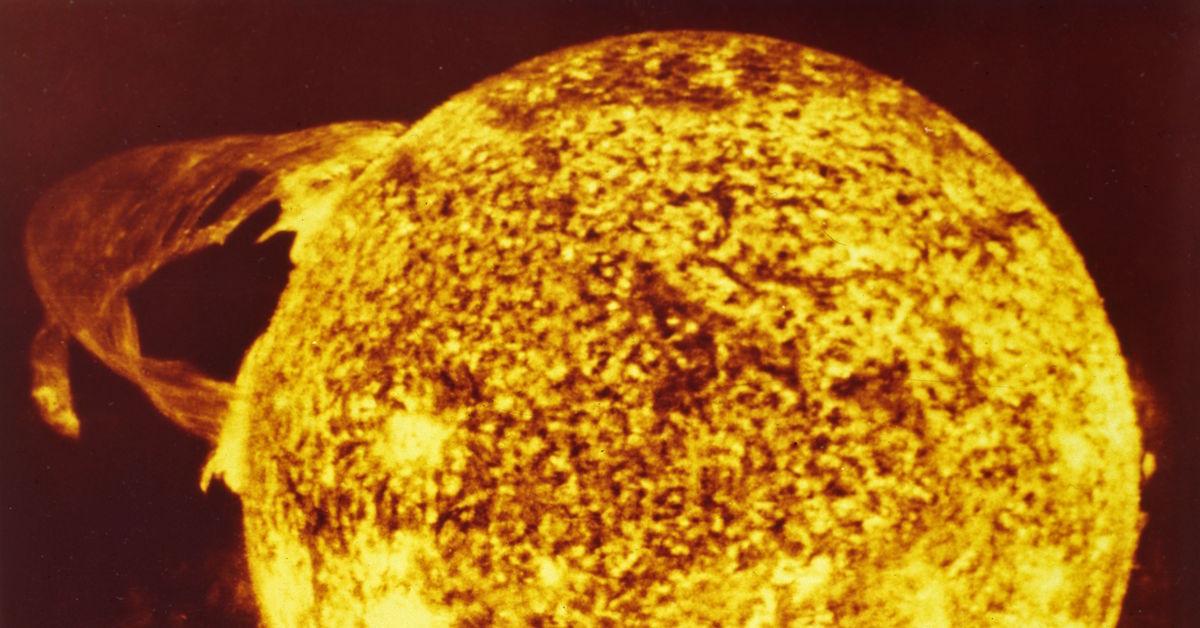The Next Solar Storm Is in 2025 — Will It Pose a Risk to the People of Planet Earth?
Published June 3 2021, 5:17 p.m. ET

The term "solar storms" certainly conjures up a destructive scene in our collective subconscious. Like many celestial events involving the powerful sun, solar storms seem like they would wreak havoc on humankind. But is this perfectly natural process really as dangerous as some might believe it to be, or is it nothing more than a normal occurrence taking place 94 million miles away?
What are solar storms and why do they occur?
According to Wonderopolis, solar storms are effectively a blanket term for any atmospheric solar effect that can be felt on Earth. Despite the 94 million-mile distance between us and the sun, solar behavior has proven itself to be rather far-reaching. They generally take place when the sun releases solar flares and coronal mass ejections, thrusting electrical charges and magnetic fields charge in our direction.

When is the next solar storm?
Most solar cycles take place every 11 years, according to EarthSky, and as previously mentioned, the next one is expected to take place in 2025. At that time, effects like solar flares and solar storms should exhibit a profound effect on planetary activity. They might also affect satellites in orbit, potentially disrupting communication. Nevertheless, the assumption is that any effects will be relatively subtle to the human eye and, in fact, quite manageable — not particularly destructive.
What happens during a solar storm?
During a solar storm, electromagnetic radiation and charged particle radiation erupt off the sun’s corona and come hurtling our way. According to CBS, that electromagnetic radiation moves at the speed of light, which means it reaches the planet about eight minutes after it’s first spotted on the sun. Once it gets here to planet earth, high-frequency radio communications, power grids, GPS signals might experience interference.

Can solar storms affect humans? You most likely won't notice the next one.
According to NASA, excess electrical currents flowing over Earth’s surface can affect a few different things: they can contribute to gas and oil pipeline corrosion, resulting in eventual failures or leaks. Energetic solar particles can also cause electronics to fail or degrade solar arrays.
Nevertheless, the sun is so far away that most solar storms aren’t actually going to directly affect human physiology or our lives in any way, shape, or form. The point is that most of these distant solar events aren’t the worrisome phenomena that their sci-fi sounding names make them out to be — they are just naturally occurring weather patterns that you most likely won't even notice.
There are only two reasons that we, as human beings, are even marginally affected by solar storms: The first is that we know they are coming, whereas` our predecessors and the dinosaurs never did, and the second is because we rely so much on electronics, GPS, and communication these days that any slight disruption could cause minor social catastrophes. That said, we don't need to worry too much about solar storms — we probably have some bigger problems to focus on, anyway.